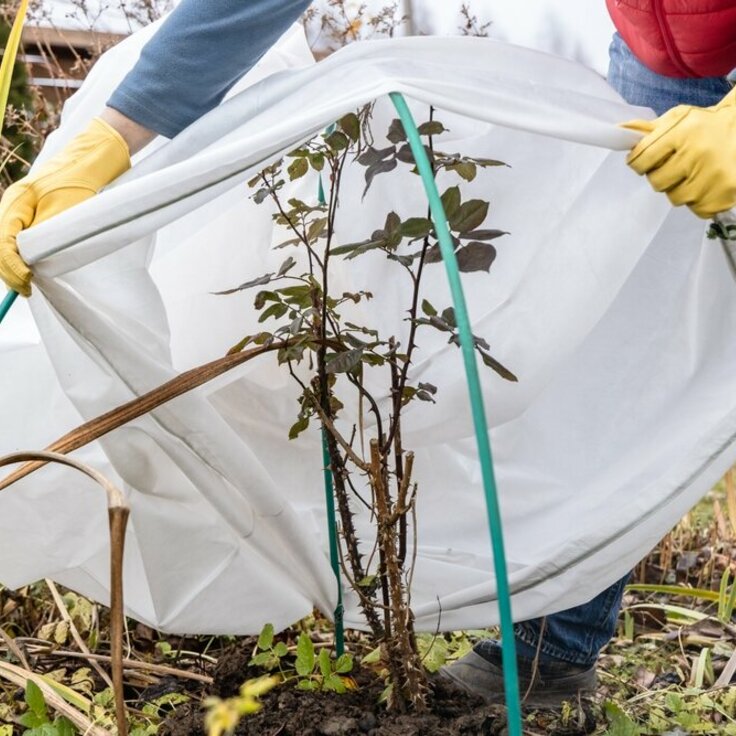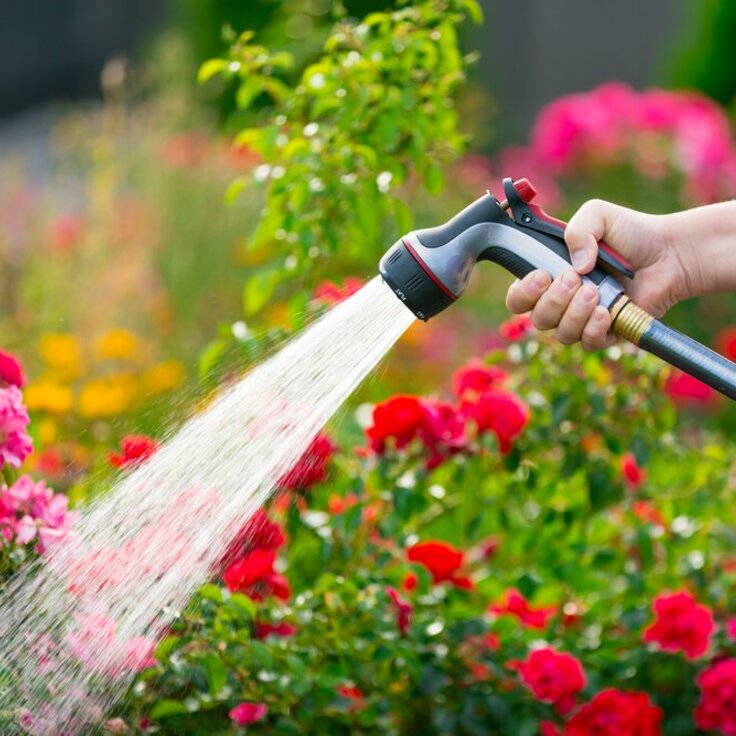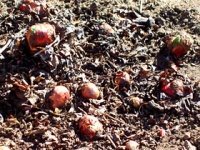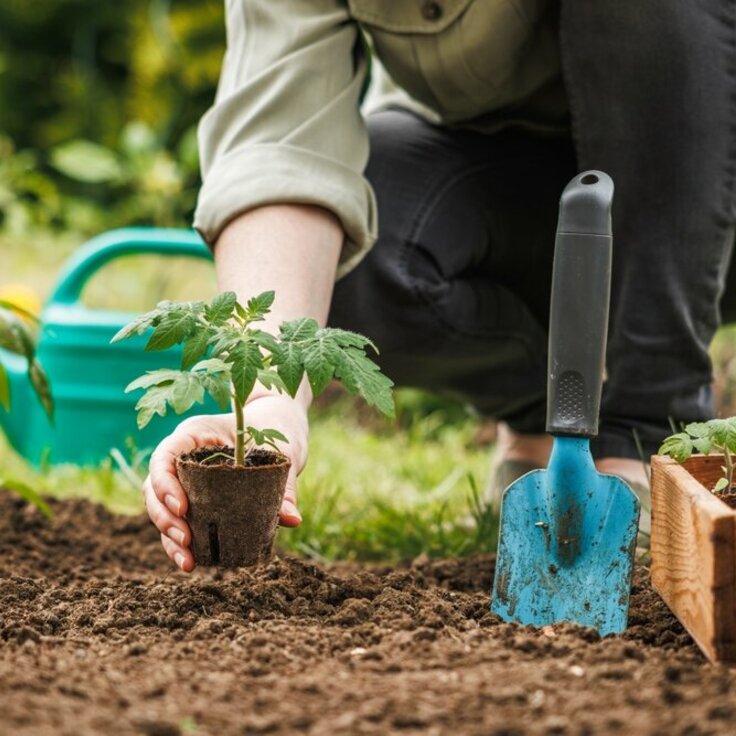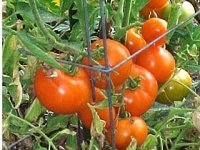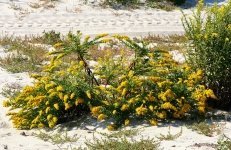Make Your Own Compost
One of the best ways to make sure you're raising healthy plants is to promote the growth of vigorous roots. Strong roots come from healthy soil. Regularly mixing compost into your soil improves its health.
While compost can be purchased, making your own is easy and has numerous benefits besides helping you grow healthy plants. One benefit, of course, is the money you'll save. All the ingredients you need for making compost at home can come from your garden, landscape, and kitchen. Another is that you'll have more control over the quality of the finished product. And a big benefit is that what you compost doesn't go into a landfill.
Composting is a natural process of decomposition. Great materials for composting include leaves, grass clippings, finely chopped branches, spent plants, and kitchen wastes such as coffee grounds and fruit and vegetable trimmings. (Do not compost meat products, fats, or pet wastes.) If you place any or all of these materials in a pile, they will eventually turn into compost. But there are several steps you can take to speed up the process and to increase the quality of the finished product.
Balance Carbon and Nitrogen
Three ingredients are needed for composting: organic matter, air, and moisture. For purposes of composting, organic matter falls into two broad categories, often referred to as ″greens″ and ″browns.″ High carbon (C) ingredients are commonly called ″browns″ because they are usually dry and brown or yellow in color. Browns include fallen leaves, straw, and corn stalks. High nitrogen (N) ingredients are called ″greens″ even though they may be any color including green, brown, or in between. They include green leaves such as grass clippings, kitchen scraps, and animal by-products such as manure. The microbes that cause the most rapid, ″hot″ composting flourish when the carbon to nitrogen ratio of the organic materials they're digesting is about 30 parts carbon to 1 part nitrogen. You don't need to worry about exact ratios here. Just try to layer approximately one part ″green″ material rich in nitrogen with two to three parts ″brown″ material rich in carbon to get your pile cooking actively. For example, combining one part high N grass clippings with two to three parts high C dead leaves makes a pile that decomposes quickly.
If you have the ratio as above the pile will heat up to 140 to 150 degrees F. and provide finished compost in a few weeks. This process also kills many weed seeds and pathogens. If you don't follow this ratio, you'll still get compost. If you have a higher proportion of browns, the material will break down, just more slowly, and weed seeds and pathogens may survive. If you use this slower method it is especially important to avoid using any materials from diseased plants or from weeds that are about to seed. If your pile starts to smell like ammonia, you've got too high a proportion of greens. Simply mix in some high carbon browns to take care of the problem.
Easy Steps to Building a Pile
If you have plenty of room, you can just build your compost pile in an open area. If space is more limited, there are various ways to contain the process. You can purchase materials to build bins or boxes. There are quite pricey tumblers and other ready made composters. You can use plastic bags, garbage bags or worm composters. You can dig a pit, or compost in rows. Choose the method best suited for your space, budget and neighborhood. The composting principles are pretty much the same no matter what system you use.
I like a simple, easy to make wire mesh compost bin. Start with a nine-foot section of three-foot high wire mesh such as turkey wire. The mesh should be about 2-inch by 4-inch. Fasten the ends together to form a circle. Place the wire mesh circle in an open space on a flat, well-drained area. It helps if you place it close to the source of the materials and/or the garden area where you will use the most compost. Loosen the soil a little at the bottom of the circle to improve drainage. You are now ready to start composting.
Start with a layer of brown materials on the bottom of the composter. Add a layer of greens and sprinkle a little garden soil over the top of this layer, dusting the entire surface. Sprinkle the pile with enough water to make the material evenly moist, but not wet; it should be damp like a wrung-out sponge. Continue to fill the container with these layers until you have run out of material or until the composter is full. This may happen all at once or over a period of days or weeks. In hot or dry weather you may want to sprinkle the pile every four or five days to keep the process moving forward. Do not compact the pile. It needs to remain loose so that the air can do its part. If you have more material, make another ring. Turning your pile every couple of weeks will provide microbes in the center of the pile with a fresh supply of oxygen and keep the composting process going actively. This is also a good time to add more water if the pile is getting dry.
Depending on the above variables, you will have great compost in anywhere from weeks to months to help build up your soil. This will encourage better root systems and better plants.
Read more from the national gardening association.

